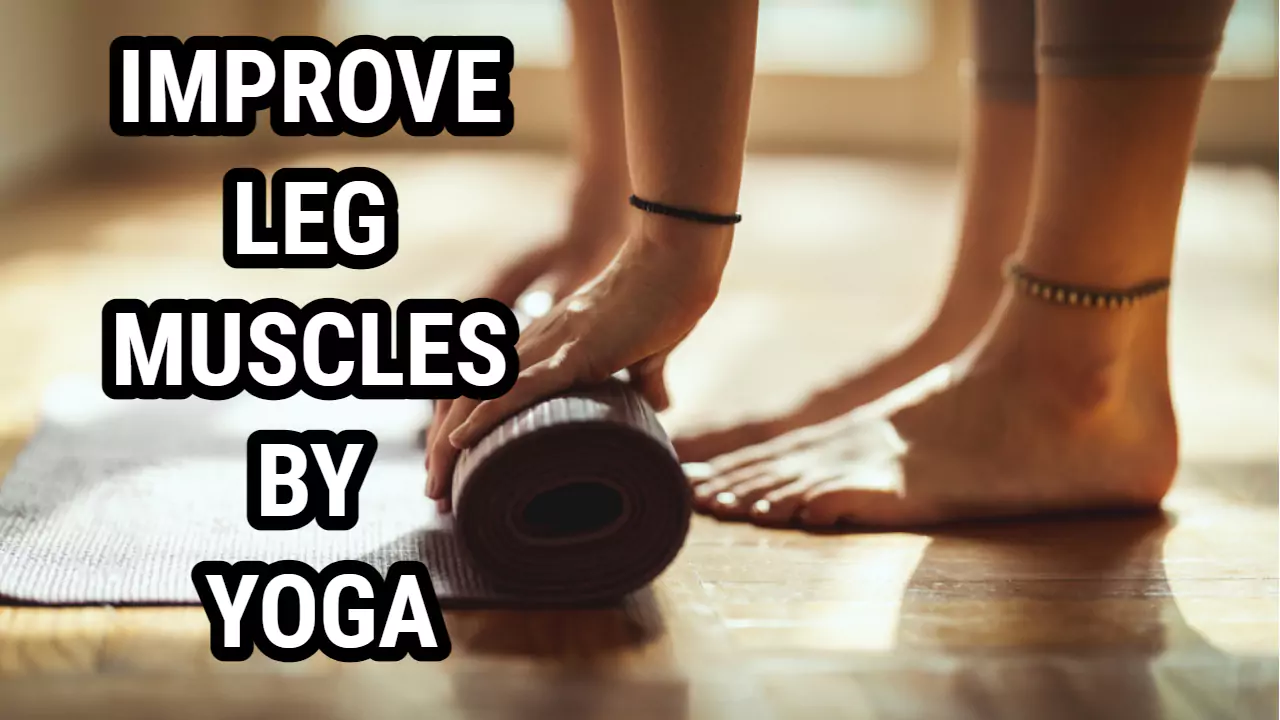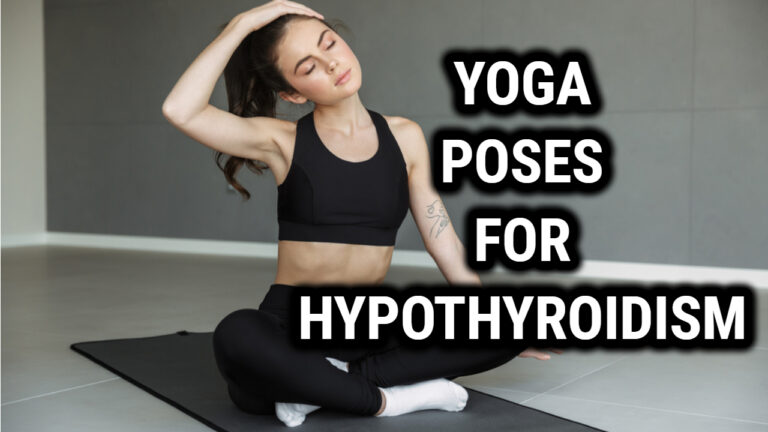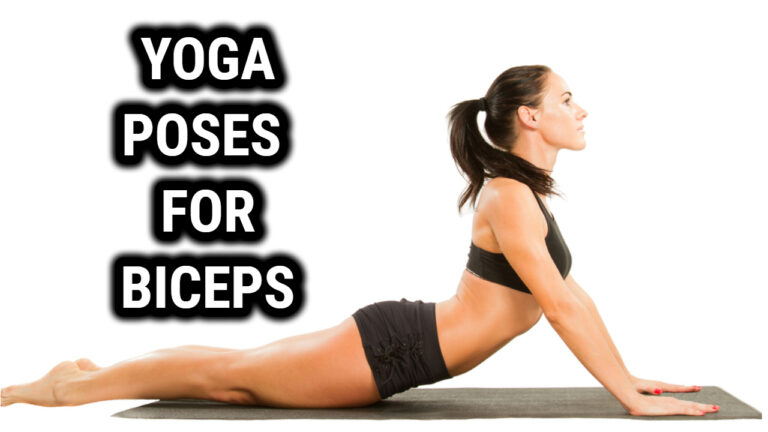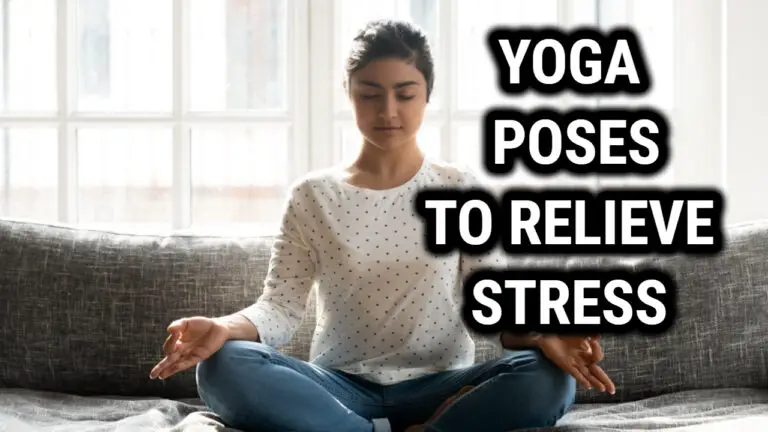How To Improve Leg Muscles Strength By Yoga?

Yoga is a great way to improve leg muscle strength and tone your lower body. Many yoga poses require you to hold your body weight in various positions, which can help build muscle and improve endurance. Additionally, yoga can help improve flexibility, balance, and coordination, making it a well-rounded form of exercise for your legs.
Some of the best yoga poses for strengthening your legs include Chair Pose, High Lunge, and Pyramid Pose. These poses target the quadriceps, hamstrings, and calves, helping to build muscle and improve overall leg strength. By practicing these poses regularly, you can see improvements in your leg muscle tone and overall fitness level.
Whether you’re new to yoga or a seasoned practitioner, incorporating leg-strengthening poses into your practice can help you achieve your fitness goals. Not only can yoga help improve your physical strength, but it can also help reduce stress and improve mental clarity. So why not give it a try and see how yoga can help you improve your leg muscles strength?
Benefits of Yoga for Leg Muscles

Yoga is a great way to improve leg muscle strength and flexibility. Here are some of the benefits of practicing yoga for your legs:
- Increased Strength: Yoga poses like Chair Pose, Warrior Pose, and Tree Pose can help strengthen the muscles in your legs, including your quadriceps, hamstrings, and glutes.
- Improved Flexibility: Yoga can help improve your flexibility, which can reduce the risk of injury and improve your range of motion. Poses like Downward Dog and Triangle Pose can help stretch the muscles in your legs.
- Better Balance: Yoga can help improve your balance, which can reduce the risk of falls and improve your overall stability. Poses like Tree Pose and Warrior III can help improve your balance.
- Reduced Muscle Tension: Yoga can help reduce muscle tension and soreness, which can improve your overall comfort and reduce the risk of injury. Poses like Pigeon Pose and Seated Forward Bend can help stretch and release tension in your leg muscles.
- Improved Circulation: Yoga can help improve circulation, which can reduce the risk of varicose veins and other circulatory issues. Poses like Legs Up the Wall and Reclining Bound Angle Pose can help improve circulation in your legs.
Overall, practicing yoga regularly can help improve the strength, flexibility, and overall health of your leg muscles. Whether you’re an athlete looking to improve your performance or simply looking to improve your overall health and well-being, yoga can be a great addition to your fitness routine.
Yoga Poses for Leg Muscles Strength
Yoga is a great way to improve leg muscles strength. Here are some yoga poses that can help:
- Chair Pose (Utkatasana): This pose is great for strengthening your quadriceps, hamstrings, and glutes. Begin by standing with your feet hip-distance apart and your arms at your sides. Inhale and raise your arms above your head, then exhale and bend your knees, lowering your hips as if you were sitting in a chair. Hold the pose for several breaths, then release and come back to standing.
- Warrior II (Virabhadrasana II): This pose is great for strengthening your quadriceps and glutes. Begin in Mountain Pose (Tadasana), then step your left foot back about 3-4 feet. Turn your left foot out to a 90-degree angle, and bend your right knee so that it is directly above your ankle. Raise your arms to shoulder height, with your palms facing down. Hold the pose for several breaths, then release and repeat on the other side.
- Downward-Facing Dog (Adho Mukha Svanasana): This pose is great for strengthening your calf muscles. Begin on your hands and knees, with your wrists directly under your shoulders and your knees directly under your hips. Exhale and lift your knees off the floor, straightening your legs and lifting your hips up and back. Press your hands and feet into the floor and hold the pose for several breaths.
- Triangle Pose (Trikonasana): This pose is great for strengthening your quadriceps and hamstrings. Step your left foot back about 3-4 feet. Extend your arms out to the sides at shoulder height. Exhale and reach your left hand down to your left ankle or shin, while reaching your right arm up toward the ceiling. Hold the pose for several breaths, then release and repeat on the other side.
In addition to these poses, there are other yoga poses that can help improve leg muscles strength, such as:
- High Lunge Pose
- Standing Splits Pose
- Pyramid Pose
- Low Lunge Pose
- Garland Pose
- Bridge Pose (Setu Bandhasana)
- Half Chair Pose
It is important to remember to breathe deeply and hold each pose for several breaths to get the maximum benefit. As with any exercise program, it is important to consult with a healthcare professional before starting a yoga practice.
Also Read: Forearm Strengthening Yoga Poses: Improve Your Grip Strength and Flexibility
Tips for Practicing Yoga for Leg Muscles Strength

Yoga is an excellent way to strengthen your leg muscles and improve flexibility. Here are some tips to help you get the most out of your yoga practice:
- Start with basic poses: If you’re new to yoga, it’s important to start with basic poses and gradually work your way up to more challenging ones. This will help you avoid injury and build a strong foundation.
- Focus on proper alignment: Proper alignment is essential to get the most out of each pose. Make sure you’re following the instructions carefully and pay attention to your body’s alignment.
- Breathe deeply: Deep breathing is an important part of yoga practice. Focus on your breath and use it to help you relax and stay focused.
- Practice regularly: To see the best results, it’s important to practice yoga regularly. Even a few minutes a day can make a big difference.
- Listen to your body: It’s important to listen to your body and not push yourself too hard. If a pose feels uncomfortable or painful, back off and try a modified version or a different pose.
- Stay hydrated: Drink plenty of water before, during, and after your yoga practice to stay hydrated and help your muscles recover.
By following these tips, you can safely and effectively improve the strength and flexibility of your leg muscles through yoga practice.
Precautions to Take While Practicing Yoga for Leg Muscles Strength
Yoga is a great way to improve leg muscle strength, but it’s important to take precautions to prevent injury. Here are some things to keep in mind:
- Consult with a doctor before starting a new exercise routine, especially if you have any pre-existing health conditions or injuries.
- Listen to your body and don’t push yourself too hard. If a pose feels uncomfortable or painful, stop and modify or skip it.
- Warm up before starting your yoga practice. This can include gentle stretches, walking, or other low-impact exercises.
- Use props like blocks, straps, and blankets to support your body and prevent strain or injury.
- Focus on proper alignment in each pose. This can help prevent injury and ensure that you’re getting the most benefit from each pose.
In addition to these precautions, it’s important to choose the right yoga poses for your level of experience and fitness. If you’re new to yoga or have any concerns about your ability to perform certain poses, consider taking a class with a qualified instructor or working one-on-one with a yoga teacher.
Remember, yoga is about finding balance and harmony in your body and mind. By taking these precautions and practicing yoga mindfully, you can improve your leg muscle strength safely and effectively.
Equipment Used In Practicing Yoga
When it comes to improving leg muscle strength with yoga, having the proper equipment can make all the difference. The basic necessities for a successful practice are a yoga mat, leg weights, yoga blocks, leg supports and yoga straps.
The yoga mat is essential for providing grip and stability during poses. It also adds cushioning and comfort to your practice. Leg weights are used to target specific leg muscles while performing certain poses or exercises. Yoga blocks can help you deepen your stretches and provide support when needed. Leg supports are helpful in balancing poses or when you need an added boost of stability during an exercise. Lastly, yoga straps come in handy for providing extra support when stretching or holding poses.
Having the right equipment is crucial in order to have a successful practice that will help improve leg muscle strength. A visual representation of these items is provided below:
| Item | Use |
| Yoga Mat | Grip & Stability |
| Leg Weights | Target Specific Muscles |
| Yoga Blocks | Deepen Stretches/Provide Support |
| Leg Supports | Balance Poses/Stability Boosts |
| Yoga Straps | Extra Support When Stretching/Holding Poses |
Using the correct tools will ensure that your yoga practice is as effective as possible in developing stronger legs and greater overall flexibility.
Related Read: Iyengar Yoga Poses: Improve Your Alignment and Flexibility with These Asanas
Conclusion
Yoga is an effective way to improve leg muscle strength. Various yoga poses can help tone and strengthen the muscles in the legs, including the quadriceps, hamstrings, glutes, and calves. The benefits of yoga for leg muscle strength are supported by scientific research, which has found that yoga training is associated with improvement of muscle strength and respiratory endurance.
While yoga may not be the most effective way to build leg muscle mass, it can certainly help improve strength and flexibility. Additionally, practicing yoga can have a positive impact on overall health and well-being, including reducing stress and anxiety, improving sleep, and boosting immune function.
It is important to note that yoga should be practiced safely and under the guidance of a qualified instructor, especially if you are new to yoga or have any underlying health conditions. It is also important to listen to your body and avoid pushing yourself too hard, as this can lead to injury.
If you are looking to improve leg muscle strength, consider incorporating yoga into your fitness routine. By practicing regularly and with proper form, you can build strength, flexibility, and overall health and well-being through the practice of yoga.






